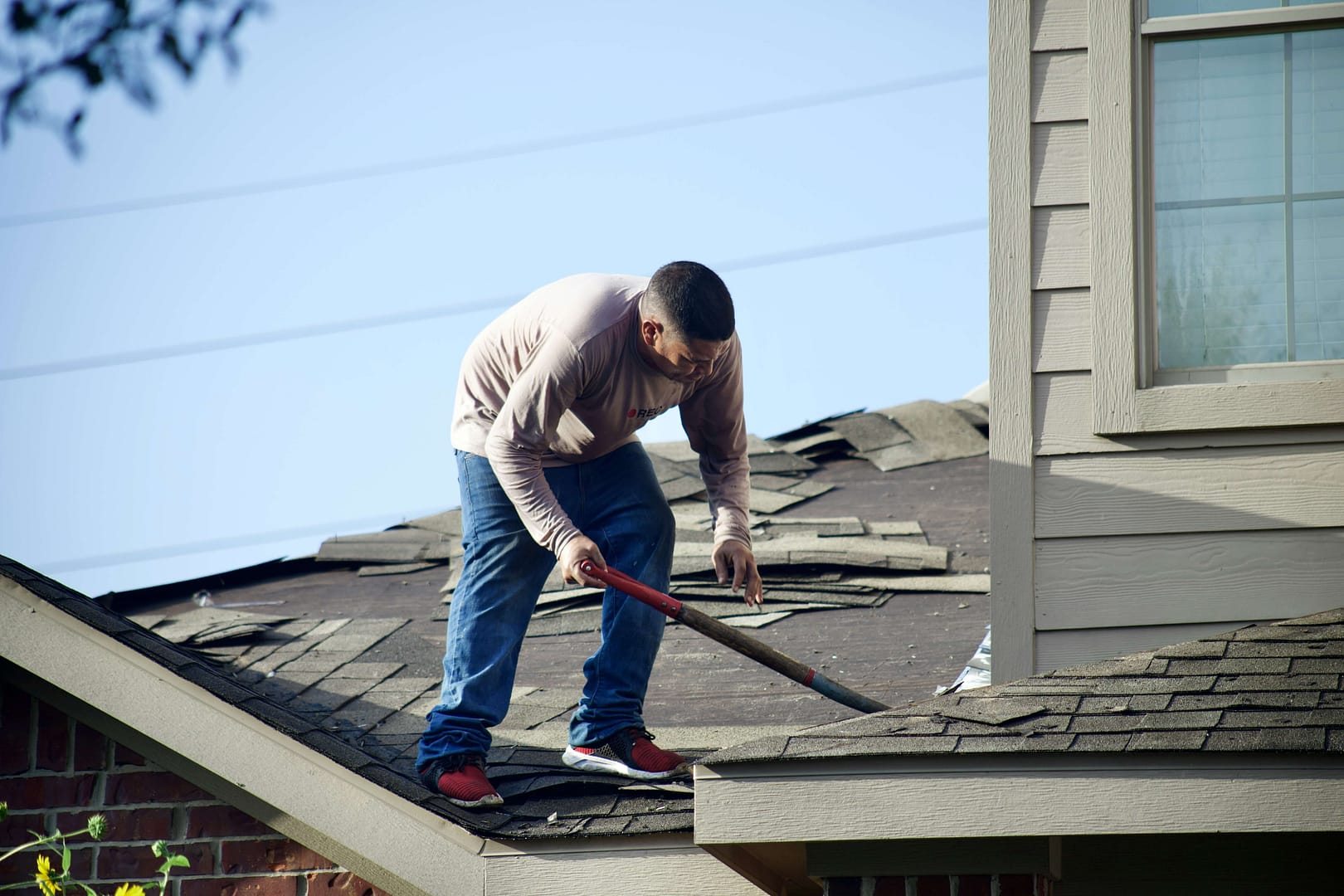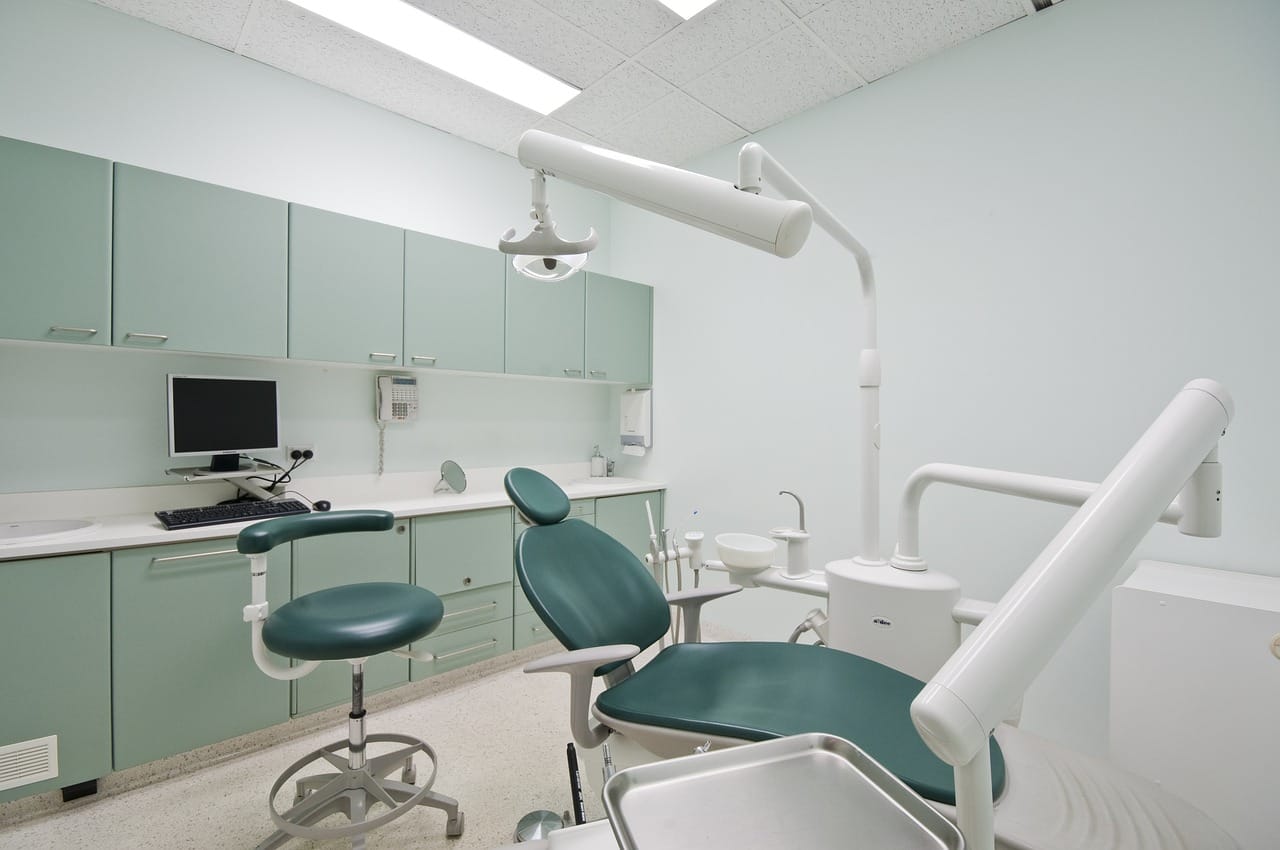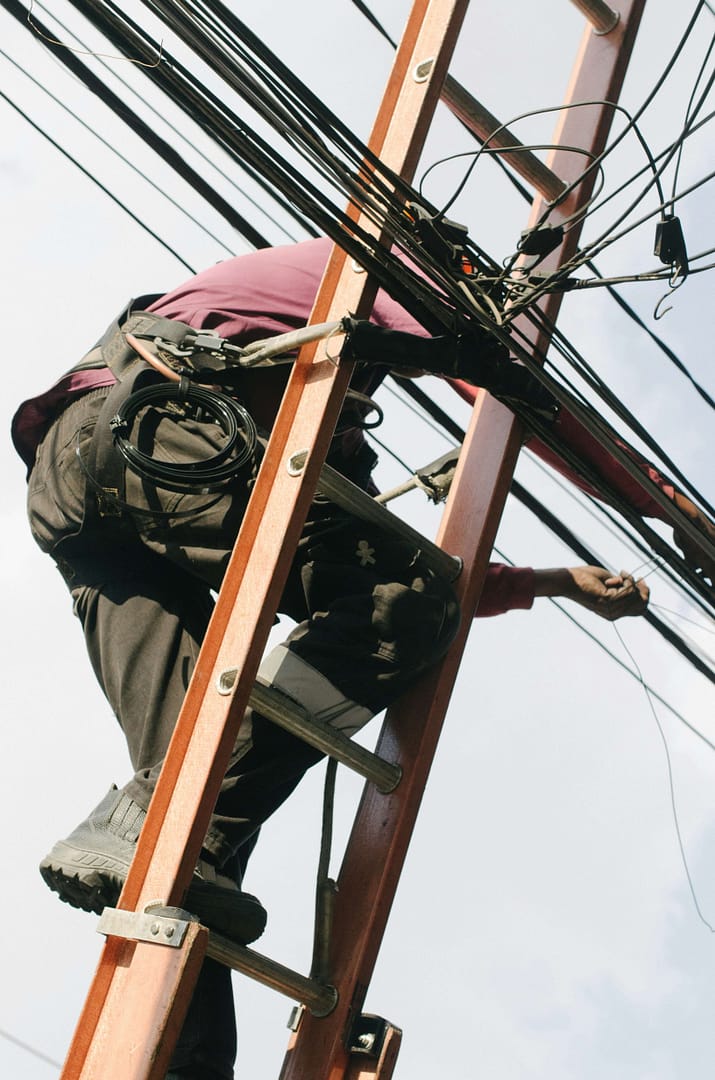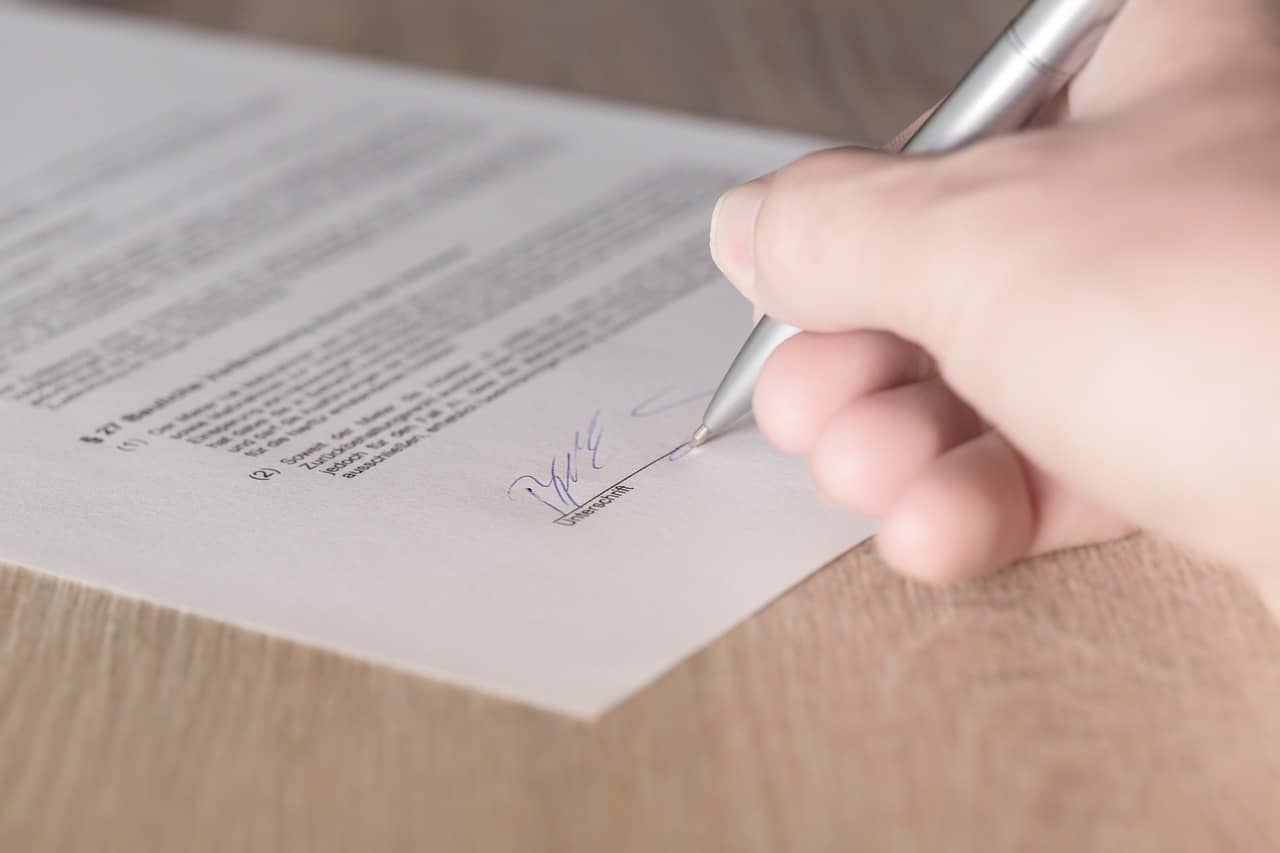Roofing is an undeniably dangerous profession. You’re scaling heights, working with power tools, and facing the elements – all of which create significant risks. The good news is that many roofer accidents are preventable with knowledge and the right precautions. Let’s discuss how you can keep yourself and your team safe while working up high, drawing on the guidelines outlined by the Health and Safety Executive (HSE) in their publication HSG33: Health and Safety in Roof Work.
Why Safety matters for roofers
Working on roofs is a high-risk activity, no two ways about it. Falls, being struck by objects, and electrocution are some of the most common dangers faced by roofers. These accidents can lead to serious injuries or even fatalities. Unfortunately, the roofing industry has one of the highest rates of workplace accidents.
The importance of safety can’t be stressed enough. Not only does it protect you and your colleagues, but it also means you can continue to do the job you love. Investing in a safe workplace builds a better reputation for your business and keeps your clients happy, too.
Planning for a Safe Work Environment
Safety starts before you even set foot on a roof. Proper planning and risk assessments are your first line of defense. Here’s what you need to consider:
1. Assess the hazards:
Carefully examine the roof and surrounding area. Are there power lines, fragile areas, or changes in roof level to watch out for?
2. Choose suitable equipment:
Will you need scaffolding, ladders, or fall protection systems? Make sure your equipment is appropriate, inspected, and in good condition.
3. Prepare for the worst:
Have a plan in place for emergencies. Make sure everyone knows what to do in case of an accident and ensure someone is trained in first aid. It’s a good idea to create a plan for communicating with emergency services should they be needed on-site.
Ladders and Safe Access
Ladders are a roofer’s best friend… and sometimes, a worst enemy. Using ladders safely is essential to preventing accidents. stability is key when it comes to ladder safety. Always place ladders on level, firm ground. If the ground is uneven, consider using ladder levelers or stabilisers for extra security. Stick to the 4:1 ratio when extending ladders (four rungs out for every rung up), ensuring they reach at least a metre above the landing point. It’s important to maintain safety by allowing only one person on the ladder at a time. Avoid carrying tools while climbing; instead, use a hoist whenever possible.
Receive a Call About Your Claim
Working at Heights
Once you’re up on the roof, a new set of safety considerations comes into play. Here’s how to stay safe when working at heights:
- Fall protection: If there’s a risk of falling, fall protection equipment is mandatory. Harnesses, anchor points, and lifelines can be literal lifesavers.
- Guardrails and edge protection: Wherever possible, install guardrails or edge protection to prevent falls. Think about whether there may be a need for netting or fall barriers.
- Mind the gaps: Cover or guard any holes or skylights on the roof. If you have to work on fragile materials, have a suitable platform with safety features in place.
Weather and Environmental Factors
The British weather can be unpredictable! Never underestimate how quickly things can turn dangerous on a roof.
- Rain and moisture: Wet roofs are slippery roofs. If at all possible, postpone work until conditions improve.
- Strong wind: High winds can knock you off balance or throw debris your way. It’s safer to wait for calmer weather.
- Extreme heat or cold: Be mindful of heat exhaustion, dehydration, or cold exposure. Schedule work during milder parts of the day and take regular breaks to stay safe.
General Safety Tips
A few more things to remember to boost your overall roof safety:
Wear the right gear:
This means investing in and consistently using hard hats, safety glasses, non-slip footwear, and any other necessary personal protective equipment (PPE), ensuring your workwear is suitable for the task and fits you correctly.
Clear workspace:
Maintain a tidy roof as much as possible, minimizing debris and any potential tripping hazards to reduce the risk of accidents.
Don’t take shortcuts:
Always adhere to safety procedures, even when there’s pressure to rush – taking the extra time to do things right could be the difference between a job well done and a serious injury.
Training is essential:
Provide comprehensive training for everyone on your team, equipping them with the knowledge and skills to identify safety hazards and work safely on roofs.
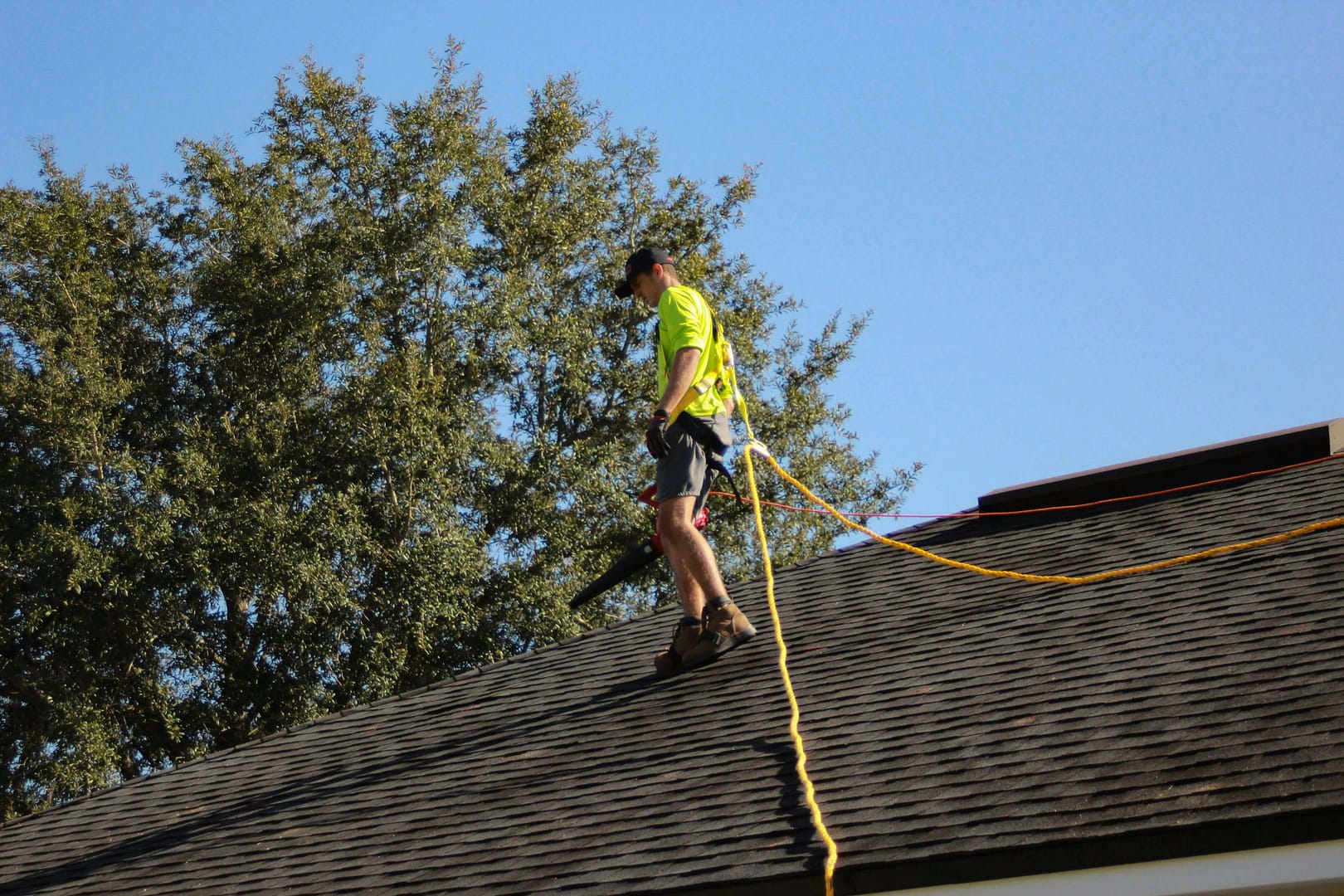
Making a Personal Injury Claim with National Claims
At National Claims, we understand that even the most safety-conscious roofers face risks on the job. If you, despite all precautions, have been injured in a roofing accident, our experienced team is here to assist you. We specialize in helping roofing professionals who have been hurt on the job navigate the claims process and secure the compensation they deserve.
Free Consultation
We start with a free consultation to understand your case. We’ll discuss the accident details and the safety measures you had in place. This helps us assess the circumstances and give you insights into the viability of a claim.
No Win, No Fee
We believe everyone deserves justice. Our “No Win, No Fee” arrangement means you don’t risk upfront legal costs. This lets you pursue your case knowing we’re fully invested in getting you a successful outcome.
*Customers pay up to 25% (incl. VAT) of the amount recovered towards solicitor costs and if you cancel outside your cooling off period, you may be charged a fee.
Compassionate Support
We know roofing accidents can be traumatic. Our team is here throughout the claims process. We’ll answer your questions, address your worries, and offer ongoing support whenever you need it.
Conclusion
Roofing is a tough job, but with careful attention to detail, the right equipment, and a safety-first attitude, you can minimize the risks. By implementing these guidelines, you’re not only protecting yourself and your team, but you’re also ensuring the longevity of your business and the peace of mind of your clients. Remember, no job is worth sacrificing your safety.
Contact us today to speak to one of our claims agents who will be able to help you get started on your claim.
Click below to see why we are one of the most trusted claims management companies in the UK.

We’re proud of our excellent customer reviews
We thrive on delivering exceptional service and ensuring our clients’ satisfaction. Don’t just take our word for it. Check out some of our independent reviews to see what our clients have to say.
Excellent

This firm is excellent, they sorted out my car pay out and injury claim very fast, they always communicate with you all the time.

My accident case was dealt with confidence and with great result of the outcome, especially James kept me informed all the time.

I was very impressed at the way my inquiry was treated. I was listened to attentively and everything I needed to know was explained to me.


